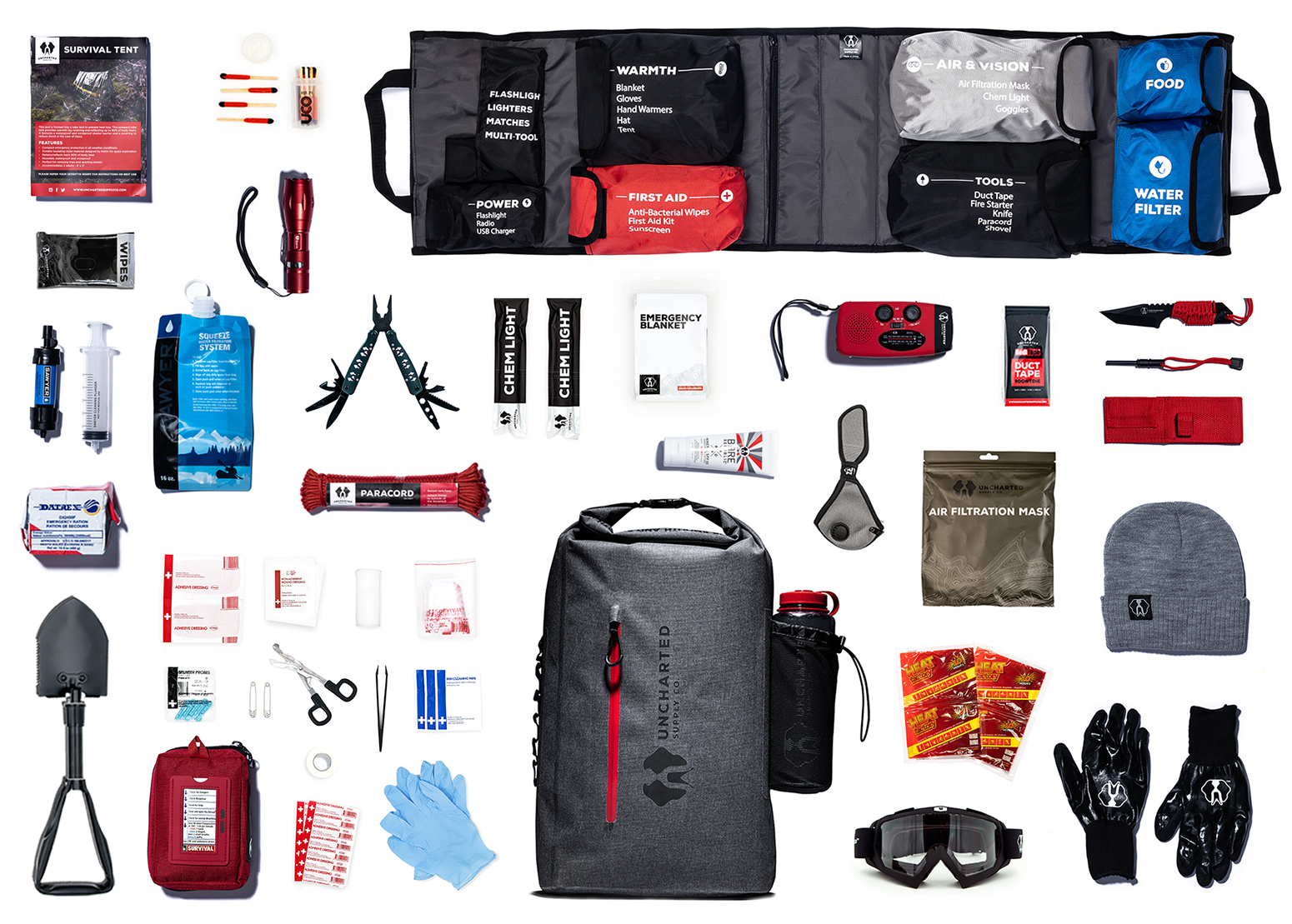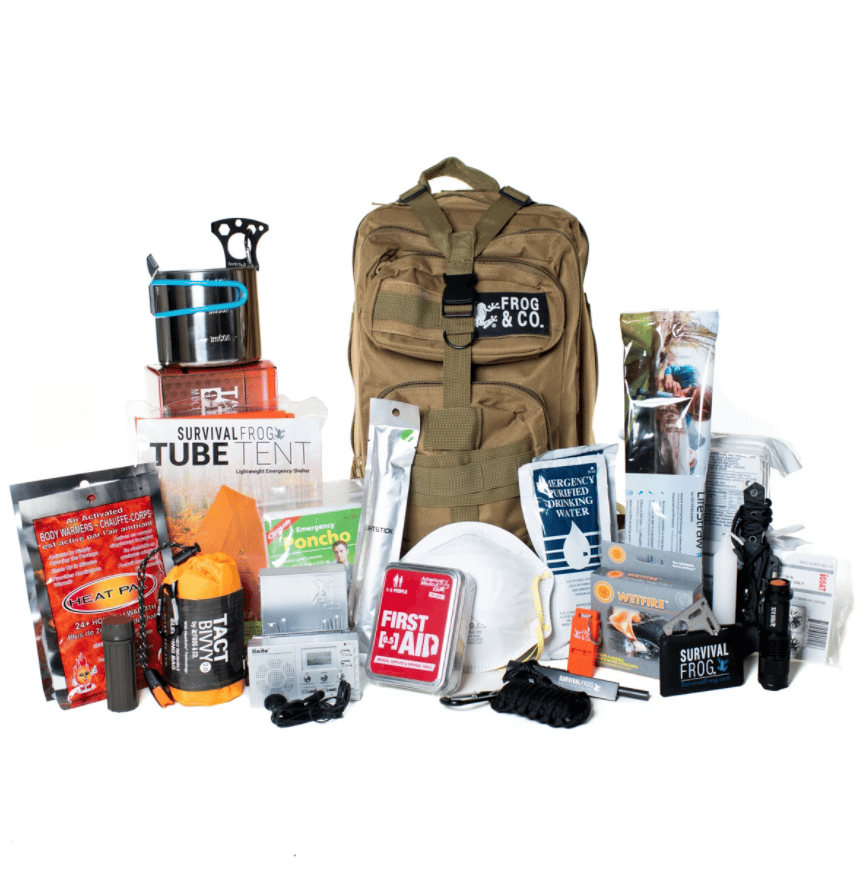Introduction
A bugout bag is a portable kit that contains the items you need to survive in an emergency situation. It is also sometimes called a 72-hour kit or a go bag. The idea behind a bugout bag is that it should last you long enough to get to safety in the event of an emergency, such as a natural disaster or terrorist attack.
How long should a bug out bag last depends on a number of factors, including the type of emergency you are preparing for, the number of people in your family, and your personal preferences. If you are preparing for a short-term emergency, such as a hurricane or winter storm, your bugout bag should last for three to seven days. If you are preparing for a longer-term emergency, such as an earthquake or economic collapse, your bugout bag should last for two weeks to one month.
The most important thing to remember when packing your bugout bag is to tailor it to your own needs and preferences. There is no one-size-fits-all solution, so make sure you pack what YOU need to survive.

Basic Survival Ultimate Bug Out Bag
Are you ready to take your survival situation to the next level? If so, then it’s time to build an ultimate bug out bag! With the right bag, you can make sure that you have the right gear to get you through any situation. Learn what items you will need for a basic survival kit and how to pack it for maximum efficiency.
What is a Bugout Bag?
A bug out bag is a portable kit that contains everything you need to survive for a minimum of 72 hours in case of an emergency. It is also sometimes called a 72-hour kit or a go bag.
The contents of a bug out bag vary depending on the individual but usually include food, water, shelter, clothes, and first-aid supplies. It should be compact and lightweight enough to be carried easily, as you may need to evacuate quickly and on foot if an emergency arises.
Some people choose to keep their bug out bags in their car so they can grab them and go if they need to evacuate, while others keep them at home or at their place of work. It is important to have a plan for where your bag will be stored so you can grab it quickly in the event of an emergency.
The 3-Day Rule
The 3-Day Rule is a guide for how long your bugout bag should last you. This rule says that you should have enough food and water in your bag to last you for 3 days. If you are stranded in an emergency situation, this rule will help you stay alive until help arrives.
The 3-Day Rule is based on the principle of survival of the fittest. In an emergency situation, the people who are most likely to survive are the ones who are the strongest and most capable of taking care of themselves. The people who are weakest and least capable of taking care of themselves are more likely to die.
The 3-Day Rule is a good guideline to follow, but it is not a guarantee that you will survive if you follow it. There are no guarantees in life, and there is no guarantee that you will survive an emergency situation. However, following the 3-Day Rule will give you a better chance of surviving than if you did not follow it.
Bug out bag list essentials
If disaster strikes, you want to be prepared. That’s why having a bug out bag ready to go is so important. A bug out bag is a backpack filled with essential items that you can grab in a hurry should you need to evacuate your home.
A bug out bag should be tailored to fit your own specific needs and should be well-stocked with items that can help you stay safe and survive in the event of an emergency. Here are the essential items you should include in your bug out bag checklist:

1. Water:
Water is essential for survival, so make sure you have at least a few liters of water in your bug out bag. You can also choose to include a water filter or water purification tablets to make sure your water sources are safe to drink.
2. Food:
Non-perishable food items such as energy bars, canned goods, and dehydrated meals should be in your bug out bag. Choose items that are easy to transport and prepare.
3. Clothing:
You’ll want to pack clothing that is appropriate for the climate and environment you’ll be in. Opt for lightweight, quick-drying clothing that can be layered if necessary. Don’t forget to include a hat, gloves, and a raincoat.
4. Emergency shelter:
Bring a lightweight, packable shelter such as a tent or tarp to protect you from the elements.
Emergency shelter is an essential resource for those facing homelessness and other crises. In this blog post, we’ll explore the importance of emergency shelter, the challenges facing those trying to access it, and what can be done to ensure everyone has access to this vital resource. From homeless families to individuals fleeing domestic violence, emergency shelter is a lifeline. Let’s take a closer look at this vital service.
5. First aid kit or medical supplies
Make sure your first-aid kit is stocked with bandages, antibiotic ointment, pain relievers, sunscreen, and other items that can help you treat minor injuries.
When it comes to being prepared for unexpected medical emergencies, having a first aid kit or medical supplies on hand is essential. With the proper items and knowledge, you can be ready to handle any situation that may arise. In this blog, we will discuss the importance of having a first aid kit or medical supplies and the essential items that should be included. Read on to learn more about how to be prepared for any medical emergency.
6. Firestarter:
Items such as waterproof matches, lighters, and ferrocerium rods can help you start a fire that can be used to cook food, stay warm, and signal for help.
7. Navigation/communication:
Pack a GPS device, map, and compass to help you navigate. Additionally, bring a cell phone, radio, and whistle in case you need to signal for help.
8. Flashlight and batteries:
When it comes to emergency preparedness, having a flashlight and extra batteries on hand is essential. Whether you’re camping, at home, or in the car, it pays to have a reliable source of light in case of a power outage. Having a flashlight and batteries handy can help you navigate the darkness, stay safe, and make repairs when needed. Learn why it’s important to pack a flashlight and extra batteries with you wherever you go.
9. Hygiene items:
Pack basic hygiene items such as toilet paper, toothbrush, and soap.
10. Survival Knife:
A knife can be used for a variety of tasks such as cutting rope, whittling, or defending yourself.
Having a bug out bag that is well-stocked with essential items can help you stay safe and survive should a disaster strike. Make sure to periodically check and replenish your bug out bag to make sure that it’s always ready to go.
How to Make Your Bugout Bag Last Longer?

There are a lot of different schools of thought when it comes to packing a bugout bag. Some people advocate packing for a specific number of days, others for a specific weight, and still others for a specific purpose. But one thing that almost everyone can agree on is that you want your bugout bag to last as long as possible.
There are a few different ways to make your bugout bag last longer. One is to pack multi-use items whenever possible. Another is to pack items that can be easily repaired or replaced. And finally, you want to make sure you have packed ample supplies of food, water, and shelter.
Packed multi-use items:
By definition, multi-use items are items that can be used for more than one purpose. Some examples of multi-use items you might want to consider packing in your bugout bag include:
-A knife: You can use a knife for everything from self-defense to food preparation.
-A flashlight: A flashlight can be used for signaling as well as illumination.
-A water bottle: A water bottle can be used for carrying and storing water as well as collecting rainwater.
-A tarp: A tarp can be used for shelter, as a ground cover, or for signaling an aircraft or other rescue vehicle.
Conclusion
After analyzing all of the factors involved, we have come to the conclusion that a bugout bag should last for at least 72 hours. This will ensure that you have enough time to find safe shelter and get to a safe location.
